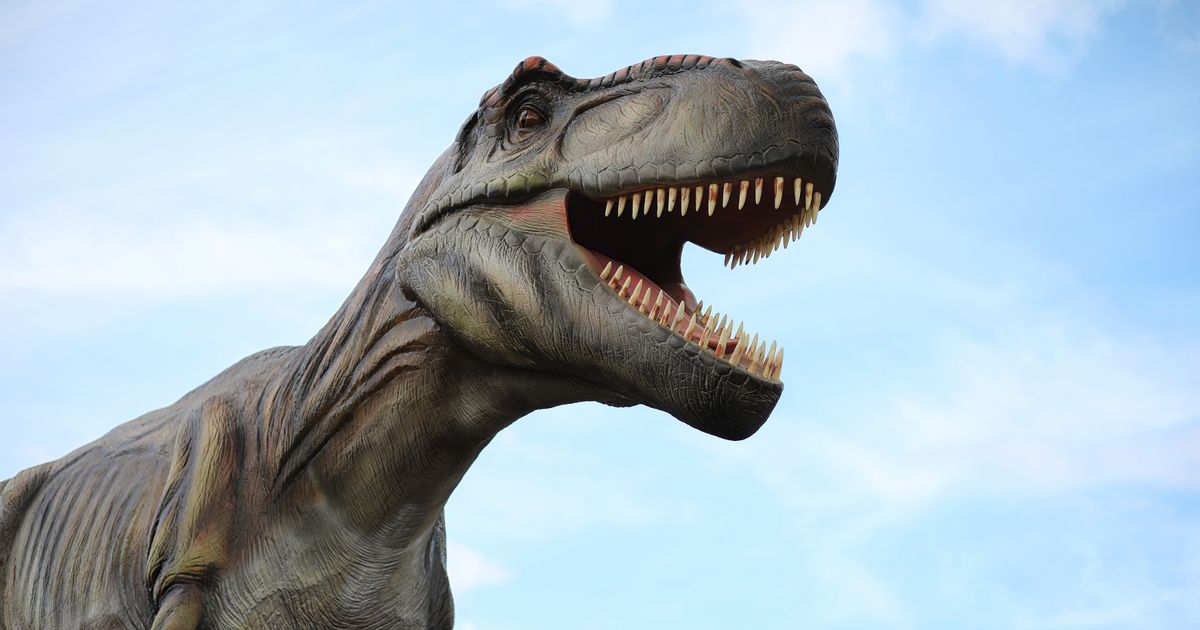 The problem with nature reserves is that wildlife is difficult to contain within the boundaries. But what if the perimeters of wildlife sanctuaries were self-contained as in a headland, peninsula or other such landmass that had the ocean on three sides? Endangered wildlife could be relocated to these areas where they could thrive and multiply in natural surroundings under the close supervision of environmentalists and conservationists. There are countless such areas around the globe where such a cost effective conservation concept could be applied with success. Captive breeding programs have their place in the preservation of animal species, and perhaps those animals born in captivity could be introduced into these areas to propagate in natural surroundings free of human habitat and industrial encroachment. These areas would be chosen solely for their geographical and environmental features as well as their ability to sustain wildlife. We can’t rely on science bringing back extinct animals in a Jurassic Park scenario. The creators of Jurassic Park, however, got it right in locating dinosaurs to lush tropical islands where their isolation was also their protection. By establishing geographically protected pockets of wilderness around the globe and stocking them with endangered species we are safeguarding wildlife with uncertain futures as well as creating a diverse genetic pool. The Australian Wildlife Conservacy is on the right track. The AWC is an independent non-profit organisation whose sole mandate is to protect threatened animal species and their ecosystems by establishing wildlife sanctuaries in the outback. The AWC owns or manages 26 sanctuaries across Australia covering almost 4 million hectares.The AWC has aquired vast tracts of land in mostly arid and semi arid areas of Australia, and these sanctuaries are suitable only to desert dwellers. Land also needs to be acquired in temperate and subtropical areas too to protect wildlife specific to those climate conditions and habitats. We have to think constantly outside the square about new and inventive conservation methods because the world is not what it used to be.
The problem with nature reserves is that wildlife is difficult to contain within the boundaries. But what if the perimeters of wildlife sanctuaries were self-contained as in a headland, peninsula or other such landmass that had the ocean on three sides? Endangered wildlife could be relocated to these areas where they could thrive and multiply in natural surroundings under the close supervision of environmentalists and conservationists. There are countless such areas around the globe where such a cost effective conservation concept could be applied with success. Captive breeding programs have their place in the preservation of animal species, and perhaps those animals born in captivity could be introduced into these areas to propagate in natural surroundings free of human habitat and industrial encroachment. These areas would be chosen solely for their geographical and environmental features as well as their ability to sustain wildlife. We can’t rely on science bringing back extinct animals in a Jurassic Park scenario. The creators of Jurassic Park, however, got it right in locating dinosaurs to lush tropical islands where their isolation was also their protection. By establishing geographically protected pockets of wilderness around the globe and stocking them with endangered species we are safeguarding wildlife with uncertain futures as well as creating a diverse genetic pool. The Australian Wildlife Conservacy is on the right track. The AWC is an independent non-profit organisation whose sole mandate is to protect threatened animal species and their ecosystems by establishing wildlife sanctuaries in the outback. The AWC owns or manages 26 sanctuaries across Australia covering almost 4 million hectares.The AWC has aquired vast tracts of land in mostly arid and semi arid areas of Australia, and these sanctuaries are suitable only to desert dwellers. Land also needs to be acquired in temperate and subtropical areas too to protect wildlife specific to those climate conditions and habitats. We have to think constantly outside the square about new and inventive conservation methods because the world is not what it used to be.Jens Ward
Words ④ Wildlife